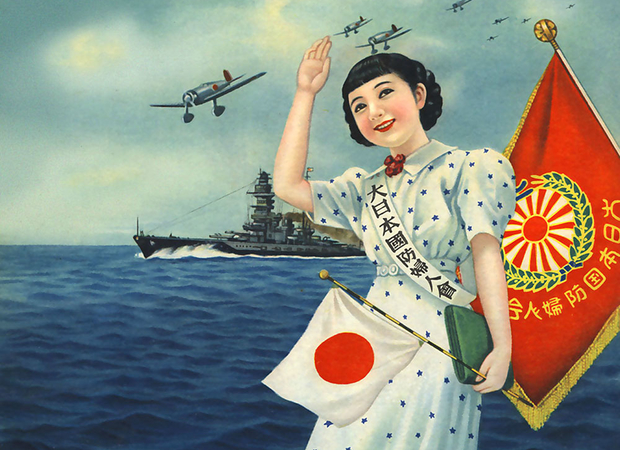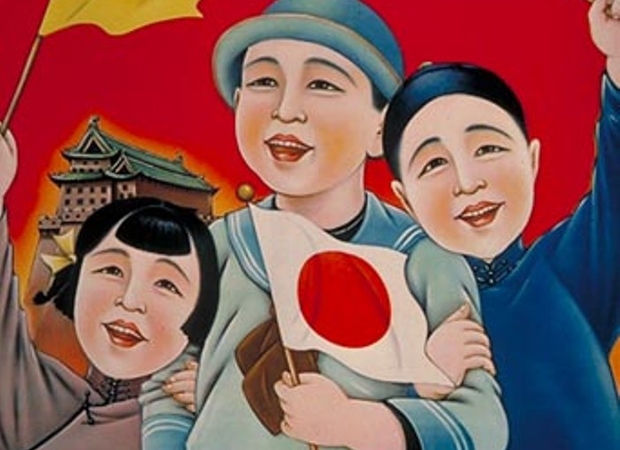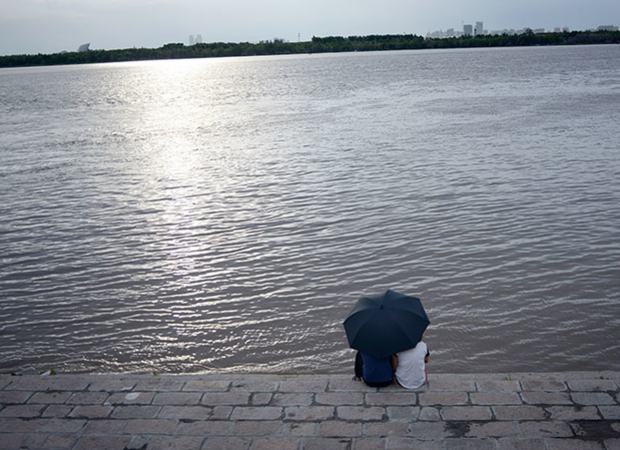China TV Anchor Bi Fujian to be Punished for Mao Insult
on August 10, 2015
He committed "a serious violation of political discipline" mocking the man who led the Cultural Revolution and sparked a crippling famine.
He committed "a serious violation of political discipline" mocking the man who led the Cultural Revolution and sparked a crippling famine.
Free overflights and navigation doesn't equal foreign warships and jets to violate sovereignty and security, Beijing said.
Poster from the Greater Japan National Defense Women’s Association

A propaganda poster, circa 1935, promoting harmony between Japanese, Chinese, and Manchu. The caption says: “With the help of Japan, China, and Manchukuo, the world can be in peace.” The flags shown are, left to right: Manchukuo, Japan, and the “Five Races Under One Union” flag.

Weak economic data boosts stimulus hopes; investors signal confidence in Beijing’s support.
First codenamed "Dancing Panda" by U.S. officials was detected in April 2010, according to a top secret NSA briefing from 2014.
I’m pleased that my article on the lack of transparency in China’s political system has stimulated this intellectually interesting commentary from Chu Yin. Chu elaborates my argument that China’s leaders keep the policy process secret because they are afraid of revealing differences among themselves to the public. The system is too fragile to allow citizens access to information about how policies are made. As he explains, “information is tightly controlled in an effort not to give the public the impression that the Party is divided on any issue.” He confirms that the reality contradicts this manufactured image of elite unity. There are sharp disagreements within the Party and the government. But, Chu says, “public disagreements on policy issues can undermine the Party’s authority and cohesiveness, and technical debates can easily evolve into ideological struggles.” In other words, because C.C.P. rule is prone to leadership splits and has no institutionalized mechanism for resolving them, secrecy is required for Party rule to survive.
Seventy years ago today, thousands of Japanese settlers—mostly women and children—found themselves trapped in an area then known as Manchuria, or Manchukuo, the name of the puppet state the Japanese military established in 1931. Abandoned by their army, 80,000 Japanese civilians died in northeast China, roughly equal to the number who perished after the United States dropped an atomic bomb on the city of Nagasaki.

Jason Wang was a golf enthusiast and was memorably friendly, neighbors said.